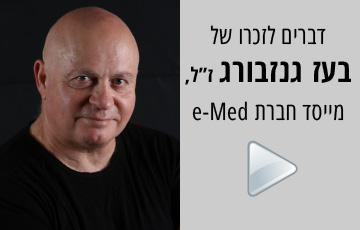Int Poster J Dent Oral Med 2005, Vol 7 No 02, Poster 267
Bond Strength of Six Dentin Adhesives on Perfused Dentin
Authors:
OA Dr. med. dent. Christian Ralf Gernhardt, Katja Sauerzweig, Dr. med. dent. Katrin Bekes, Prof. Dr. med. dent. Hans-Günter Schaller,
Department of Operative Dentistry and Periodontology, Martin-Luther-University Halle-Wittenberg
Date/Event/Venue:
March 10th-13th, 2004
82nd General Session & Exhibition of the IADR/AADR/CADR
Honolulu, HI, United States
Introduction
The bond strengths of resin composites to dentin have been widely investigated in the last years. It is known from dental literature that there is a relationship between bond strength and a moist or perfused dentinal surface1. Several in vitro studies have shown that adhesion of dentin adhesive systems is mostly reduced when used on moist, wet or physiological perfused dentin. For newer dentin adhesives, they are known to have higher hydrophilic properties, the presence of moisture might be desirable.
The aim of this study was to evaluate tensile bond strength of six different dentin adhesives (Excite, Admira Bond, Clearfil New Bond, AdheSE, Xeno III, Syntac) combined with the corresponding composite material on perfused dentin in vitro.
Material and Methods
Ninety freshly extracted molars, stored in saline for a maximum of fourteen days after extraction were included. All teeth were specially prepared allowing the simulation of dentin perfusion. Dentin specimens with a total thickness of 3.5 mm were obtained under standardized conditions. The distance between the pulp chamber and the occlusal plateau was adjusted to 2.0 mm (+/- 0.2 mm). The specimens were randomly assigned to six experimental groups of fifteen samples each: Group A: Excite/ Tetric; group B: Admira Bond/ Admira; group C: Clearfil New Bond/ Clearfil Core; group D: AdheSE/ Tetric; group E: Xeno III/ Esthet X; group F: Syntac/ Tetric. The adhesive systems were applied as recommended by the manufacturer. Maximum tensile bond strength was measured 15 minutes after application and light curing of the composite material (colour A2) using an universal testing machine. For each group mean value and standard deviation were calculated. Statistical analysis was performed using ANOVA and Tukey’s test.
| Group A | Group B | Group C | Group D | Group E | Group F | |
| Mean | 4.74 | 4.62 | 4.68 | 2.59 | 6.90 | 3.87 |
| Standard deviation | 1.81 | 1.21 | 1.04 | 0.79 | 1.33 | 0,94 |
| Tab. 1: Mean values and standard deviations within the different groups in Mpa. |
Results
For the six test series following tensile bond strengths were evaluated (mean value and standard deviation in MPa): group A: 4.74 (+/- 1.81), group B: 4.62 (+/- 1.21), group C: 4.68 (+/- 1.04), group D: 2.59 (+/- 0.79), group E: 6.90 (+/- 1.33); group F: 3.87 (+/- 0.94). Statistical analysis showed a significant influence of the used material combination on tensile bond strength (p < 0.001, ANOVA). Pairwise comparisons showed no significant differences between group A, B, C and F. Tensile bond strength in group E (Xeno III) was significantly increased compared to all other groups (p < 0.05, Tukey’s test) while bond strength in group D (AdheSE) was significantly reduced (p < 0.05, Tukey’s test).
It can be concluded that all bonding agents used in this study were able to establish bond strength on perfused dentin. The newer self-conditioning bonding agent Xeno III showed significant higher values compared to the other five systems.
- קטגוריות: מאמרים










השאירו תגובה
רוצה להצטרף לדיון?תרגישו חופשי לתרום!